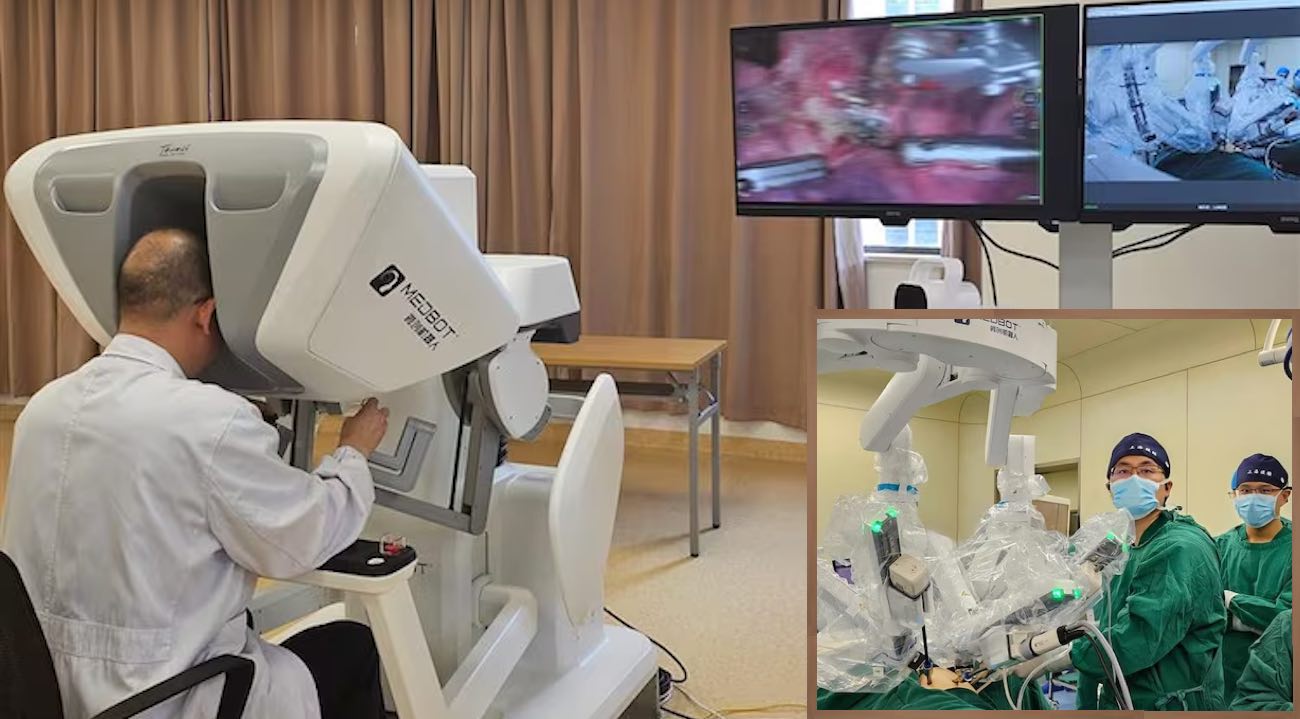"Dream, Dream, Dream! Conduct these dreams into thoughts, and then transform them into action."
- Dr. A. P. J. Abdul Kalam
"Dream, Dream, Dream! Conduct these dreams into thoughts, and then transform them into action."
- Dr. A. P. J. Abdul Kalam
8 Aug 2024
Is this what medicine will look like in the future? Yes, I believe! There seems to be a supernatural breakthrough in the science of medicine. In it, 3,000 kilometers away, Dr. Luo Qingquan utilizes an advanced control center to direct a robotic surgery tool set to remove a lung tumor from a patient. While the patient was sedated on a bed in a hospital in Kashgar, Xinjiang Autonomous Region, Dr. Luo was seated in the Shanghai Chest Hospital on China's Pacific Coast.
Luo was able to instantly transmit his decades of expertise and precision across three time zones using the Chinese-made 5G Medbot. This groundbreaking technology has ushered in a new era of telesurgery, potentially saving thousands of lives in rural areas where access to skilled medical professionals was once a life-threatening challenge.

( Source: Google Images)
According to Shanghai Daily, the Shanghai Chest Hospital is the nation’s first medical facility to carry out robot-assisted surgery, and it is also the facility carrying out the largest quantity of such surgeries in China.
The global scarcity of specialized surgeons is a significant obstacle to the progress of medicine in lower- and middle-income nations. There are shortages in high-income countries as well, with just over 1.1 million surgeons and half as many anesthesiologists. However, a Lancet review found that for every 100,000 people in low- and middle-income countries, there are only 0.7 specialist surgeons, compared to 5.5 in high-income countries.
Takeaway~
While training to become a surgeon takes more than ten years, a robot can be imported and installed in a matter of months. This means that surgeons from wealthy nations can operate on patients from poorer nations marking a giant step forward in global healthcare equity.